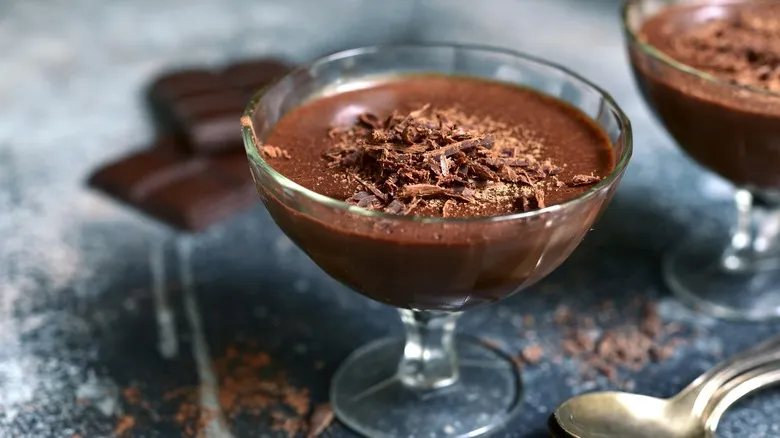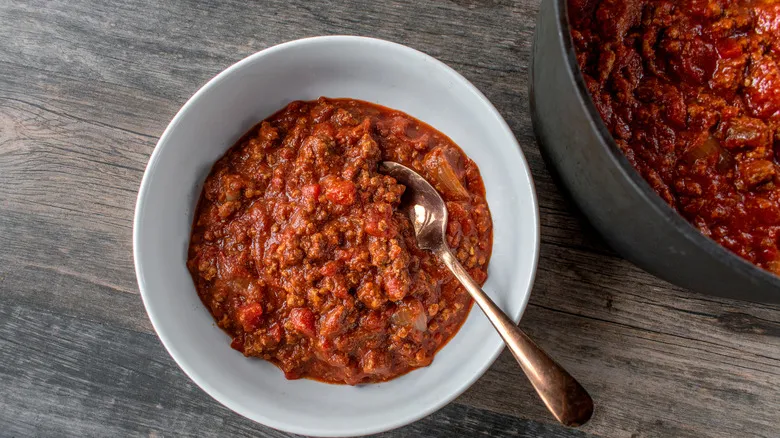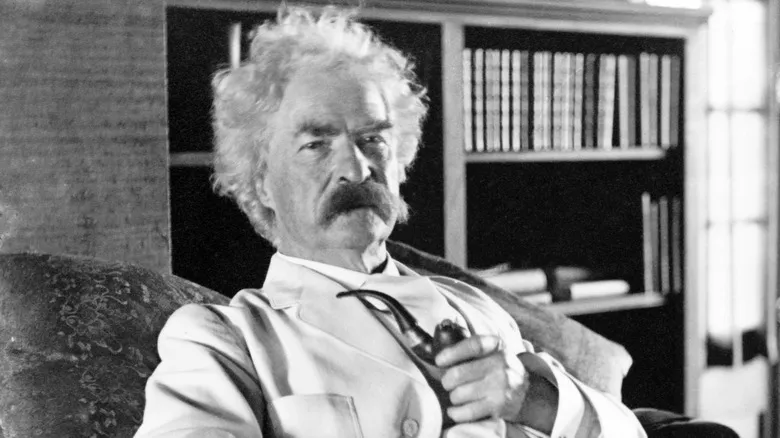The beginnings of chocolate mousse

Delving into the history of chocolate mousse sheds light on its original description. Rather than being the invention of a chef, mousse was actually created by the artist Henri de Toulouse-Lautrec in 19th-century France. Many historians attribute the term "chocolate mayonnaise" to him, given his eccentric nature as a painter. While this unusual name may stem from his creative flair, the origin of the word "mayonnaise" does suggest a certain rationale behind it.
Mousse typically includes egg yolks (along with whipped egg whites), so referring to the dessert as "chocolate egg yolks" isn't entirely inaccurate, although it overlooks other essential ingredients like sugar. Over the years, the dessert we now recognize as mousse became a mainstay in French cuisine, eventually appearing in recipes by culinary icons such as Betty Crocker and Julia Child.
As time passed, "chocolate mayonnaise" gradually evolved into the term "mousse," which translates to "froth" or "foam." While this name is certainly more palatable and fitting for a dessert, the significance of its origins remains important, as eggs are a crucial component of the dish.
Recommended

The Reason Texas Chili Doesn't Have Any Beans

Is Brisket Beef Or Pork?

The Family-Run Chinese Restaurant That Spawned A Nationwide Chain

Mark Twain's Favorite Fruit Is A Unique Choice
Next up

